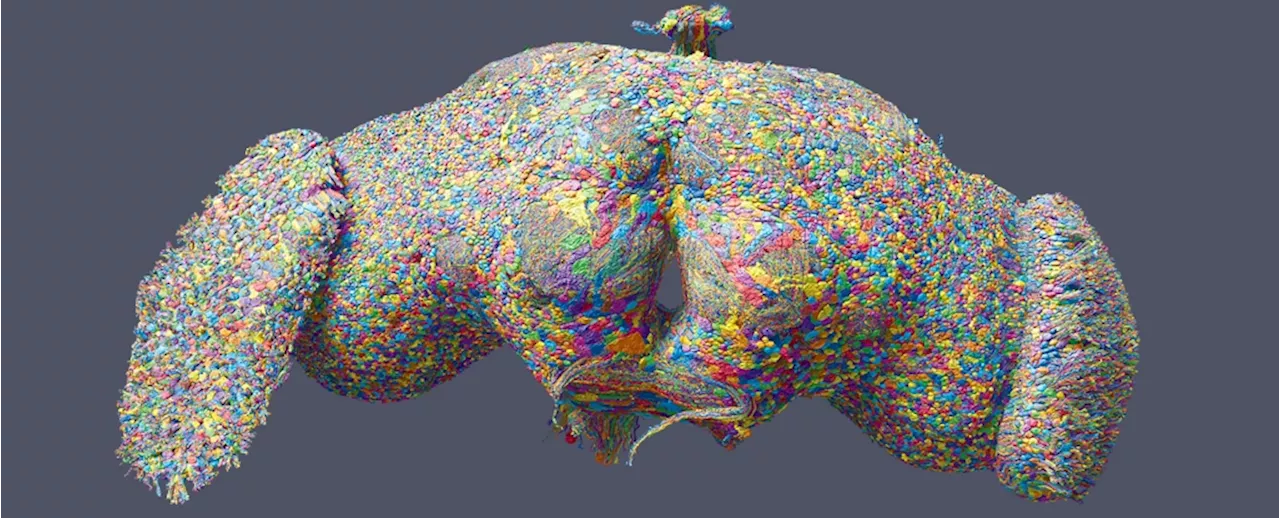Researchers have developed a noninvasive way of using bioluminescent optogenetics to activate parts of the brain.
University of Rochester researchers have demonstrated a noninvasive method using BL-OG, or bioluminescent optogenetics, that harnesses light to activate neurons in the brain. The ability to regulate brain activation could transform invasive procedures such as deep brain stimulation that are used to treat Parkinson's disease and other neurological conditions.
Combining these tools creates the material needed for BL-OG. But in order to work, BL-OG still needs something to"turn on" the light. The organic substance luciferin, when combined with bioluminescence, creates light that activates the optogenetics and modulates cellular response in the brain without an incision. Previous work by Gomez-Ramirez has shown that the chemical luciferin is harmless to the body.
Researchers were also able to track the neuromodulation effects of BL-OG through the bioluminescent activity, another potential feature of this method that could provide insight into how the brain works.Chemists have developed a tool for noninvasive brain imaging that can help illuminate hard-to-access structures and processes. Their small-molecule dye is the first of its kind that can cross the ...
Brain Injury Intelligence Neuroscience Disorders And Syndromes Psychology Dementia Learning Disorders
Canada Latest News, Canada Headlines
Similar News:You can also read news stories similar to this one that we have collected from other news sources.
 Researchers combine the power of AI and the connectome to predict brain cell activityWith maps of the connections between neurons and artificial intelligence methods, researchers can now do what they never thought possible: predict the activity of individual neurons without making a single measurement in a living brain.
Researchers combine the power of AI and the connectome to predict brain cell activityWith maps of the connections between neurons and artificial intelligence methods, researchers can now do what they never thought possible: predict the activity of individual neurons without making a single measurement in a living brain.
Read more »
 Tick-borne Wetland virus, newly discovered in China, could cause damage to brain, researchers sayScientists are warning of a new tick-borne disease, which they are calling the Wetland virus, recently discovered in China. Here's what to know about the symptoms and risks.
Tick-borne Wetland virus, newly discovered in China, could cause damage to brain, researchers sayScientists are warning of a new tick-borne disease, which they are calling the Wetland virus, recently discovered in China. Here's what to know about the symptoms and risks.
Read more »
 Researchers are learning what goes on in the brain during deep breathing.Researchers are answering the question: What’s going on in the body when we take slow, deep breaths?
Researchers are learning what goes on in the brain during deep breathing.Researchers are answering the question: What’s going on in the body when we take slow, deep breaths?
Read more »
 Human brain cancers fire electrical impulses -- researchers reveal unexpected hybrid cell spiking the signalsResearcher have uncovered a new cell type in the human brain that fires electrical impulses. The cells are hybrids, part neuron and part glia, and are present in both glioma, a type of brain tumor, and in normal brain.
Human brain cancers fire electrical impulses -- researchers reveal unexpected hybrid cell spiking the signalsResearcher have uncovered a new cell type in the human brain that fires electrical impulses. The cells are hybrids, part neuron and part glia, and are present in both glioma, a type of brain tumor, and in normal brain.
Read more »
 Tick-borne ‘Wetland virus,’ newly discovered in China, could cause damage to brain, researchers sayScientists are warning of a new tick-borne disease — which they are calling the Wetland virus (WELV) — that was recently discovered in China. Here's what to know about the symptoms and risks.
Tick-borne ‘Wetland virus,’ newly discovered in China, could cause damage to brain, researchers sayScientists are warning of a new tick-borne disease — which they are calling the Wetland virus (WELV) — that was recently discovered in China. Here's what to know about the symptoms and risks.
Read more »
 Researchers Map Every Neuron In Fruit Fly BrainFor the first time, scientists have mapped every neuron in the brain of an adult fruit fly with incredible detail. This breakthrough, achieved by a massive international team, provides valuable insights into brain structure and function.
Researchers Map Every Neuron In Fruit Fly BrainFor the first time, scientists have mapped every neuron in the brain of an adult fruit fly with incredible detail. This breakthrough, achieved by a massive international team, provides valuable insights into brain structure and function.
Read more »
